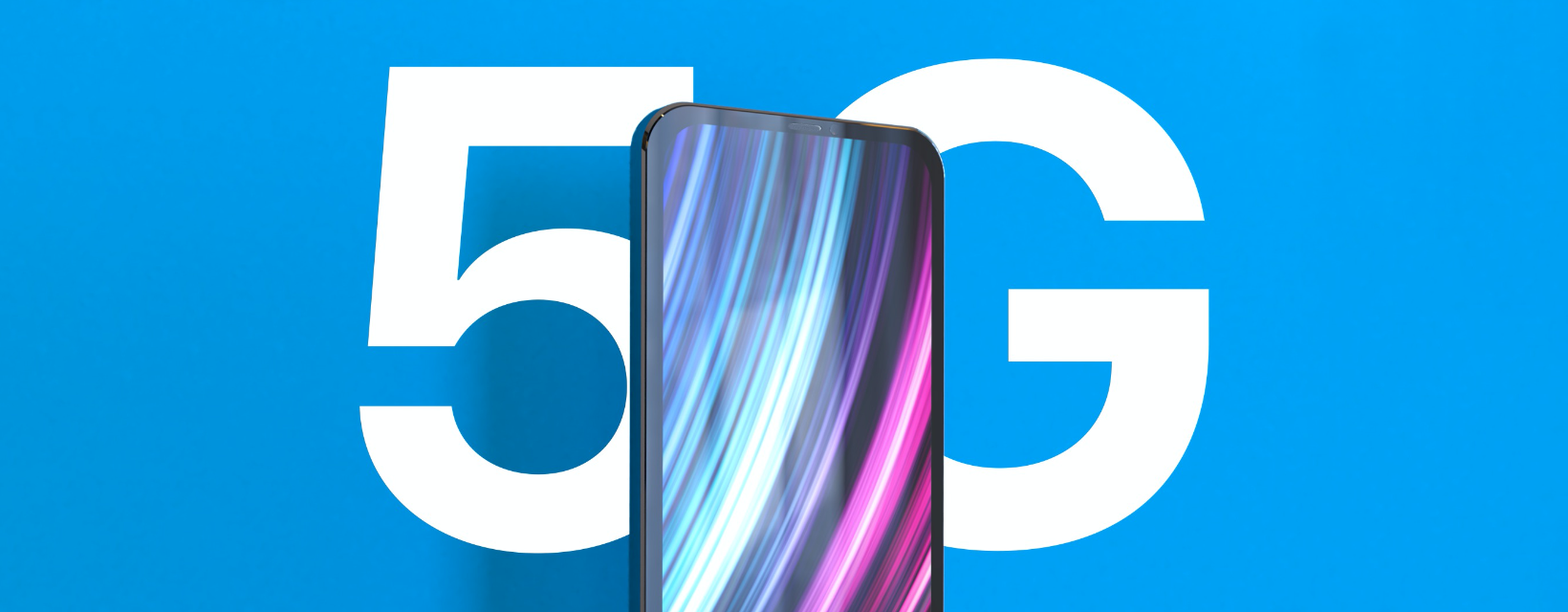We expect it to take wireless carriers another two to three years to build out 5G coverage. At that point, Apple is set to capitalize on a massive wave of 5G-related tech spending. In our view, Apple is the best way to invest in the 5G cycle.
5G will live up to the hype
A year ago, hype around 5G’s potential was anchored in examples like downloading a two-hour movie in less than 4 seconds, versus 6 minutes on 4G or 26 hours on 3G. While the pandemic has relegated the topic of the 5G rollout to an afterthought, we remain optimistic that it will more than live up to the previous hype. Over time, 5G-enabled real-time data will allow new phone designs, new apps, off-device storage, processing in the cloud for AI applications, game streaming, and other compute-intensive mobile use cases. Furthermore, 5G will advance augmented reality, wireless virtual reality, IoT and smart home applications, and autonomous vehicles, along with vehicle to vehicle communications (V2X).
To make this future a reality, US wireless carriers are slowly rolling out 5G infrastructure. We continue to expect 75% of US consumers will have reliable access to 5G by the end of 2022. Over the next year, device makers will add to the handful of 5G phones currently available in the US to capitalize on a multi-year upgrade cycle.
Apple set to capitalize
While 5G will impact much more than phones, that segment will be the first to see a lift in consumer spending. We believe Apple is best positioned to be the winner in the 5G devices category with its phones and augmented reality wearables. Specifically, Apple should enjoy its biggest smartphone upgrade cycle since iPhone 6 when iPhone unit growth went from 13% in FY14 to 37% in FY15.
A word of caution: This fall Apple will likely announce its first 5G-enabled phone, and we see risk to Street’s FY21 iPhone estimates. Limited network coverage in the US will initially temper consumer demand for iPhone 5G. The disappointment of FY21 should be followed by three years of likely upside to estimates. 5G should prove to be a multi-year upgrade cycle versus the typical one year cycle.
Importantly, in addition to the iPhone, Apple has three other initiatives that will benefit from 5G: augmented reality, digital health, and the remote possibility of a play on autonomous vehicles.
The latest from the US wireless carriers
For starters, it’s important to note that carriers’ use of the phrase “5G” is largely marketing verbiage given coverage today is limited. In May of this year, Verizon CEO Hans Vestberg said of 5G: “in the beginning it’s going to be small… and over time will see dramatic improvements.” Some T-Mobile 5G users have found only a 20% increase in speed given parts of their network use low-band frequencies that offer better coverage but are not as fast as the 10x faster mmWave deployments.
Below is the latest from the carriers, which report different rollout metrics, thereby diluting comparisons.
- AT&T (160m subs) – In our January 5G update, AT&T indicated that they were expecting to take 5G nationwide in the first half of 2020. Since then, AT&T has lagged in its rollout of nationwide coverage and now expects to reach that goal by the end of the year. Currently, the carrier has announced that it covers more than 120 million people in 190 markets. This is up from the 50 million people they covered at the beginning of 2020 and up from their launch in 10 markets.
- Verizon (160m subs) – In January, Verizon had deployed in 30 cities. Today, they are in 35 cities and expect to reach 60 cities by year-end, which they consider nationwide coverage.
- T-Mobile and Sprint (140m) – Since our last update six months ago, T-Mobile closed its merger with Sprint. Both brands will operate separately under a unified cellular network. T-Mobile’s progress is hard to believe. The company indicated six months ago that it had deployed 5G in six cities. Today, T-Mobile reports coverage in “over 5,000 cities and towns”. As a point of reference, there are about 15,000 cities in the US. Sprint ended 2019 with 5G available in nine cities and no longer discloses a 5G rollout plan.
China Leads in the availability of 5G phones, US to follow
Today, we see China as more than a year ahead of the US in the rollout of 5G coverage. In 2018, China’s five-year economic plan specified a $400B USD investment in 5G technology. At the same time, Accenture indicated US Telecom companies are likely to spend $275B billion on 5G infrastructure between 2018 and 2025. Consumers in China have a greater selection of 5G enabled smartphones compared to the US. We counted 70 5G compatible phones available in China, and expect that number to rise to 100 by the end of this year. In contrast, we counted nine phones available in the US with 5G capability.
- The Samsung Galaxy S20 5G (AT&T, T-Mobile, Sprint, Verizon)
- The Samsung Galaxy S20 Ultra 5G (AT&T, T-Mobile, Sprint, Verizon)
- The Samsung Galaxy S20+ 5G (AT&T, T-Mobile, Sprint, Verizon)
- Samsung Galaxy Note S10+ 5G (AT&T, T-Mobile, Verizon)
- OnePlus 8 5G UW (T-Mobile, Verizon)
- LGV60 ThinQ 5G (AT&T, T-Mobile, Verizon)
- Oneplus 7T Pro 5G Mclaren (T-Mobile)
- Moto Z4 (Verizon)
- Moto Edge+ (Verizon)
5G compatible phones will of course ramp in 2021. Earlier this year, Verizon indicated that it would release 20 5G compatible phones by the end of the year, and AT&T said they would also release 15 5G compatible phones by the end of the year.
